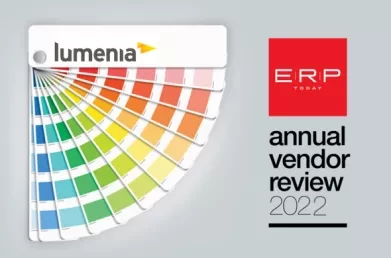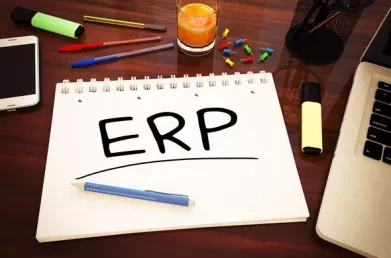ERP – A Consolidated Market?
Anyone with a passing awareness or interest in the ERP market might consider it fairly mature and consolidated. Mature maybe, but perhaps surprisingly the ERP market is nowhere near as consolidated as one might expect …
Those working in Enterprise Software for more than a decade will likely remember the great waves of consolidation in the ERP Market in 2000s. There were a handful of large vendors at the time. Then PeopleSoft bought JD Edwards in 2003 and was itself bought by Oracle in 2005.
And then there were two. SAP and Oracle continued to acquire point solutions to fill any remaining gaps in their ERP solution portfolios. Below Tier 1 we had Sage and a handful of other dominant vendors. Microsoft made a number of acquisitions to get into this market and became a sizeable player at Tier 2 level. Over the following decade the top vendors continued to grow and diversify (Oracle bought Sun, SAP bought Business Objects and developed HANA). The leading Tier 2 vendors continued to develop their solutions both to compete with each other and to move up the value chain in terms of deal size.

Anyone with a passing awareness or interest in this market might consider it fairly mature and consolidated. Mature maybe, but perhaps surprisingly the ERP market is nowhere near as consolidated as one might expect. Certainly there are behemoths like Oracle and SAP that dominate the very biggest deals but the variety and complexity of smaller deals means that there is significant room for a wide range of mid-market competition.
In 2013 Gartner published a market share analysis of the global ERP market. They found that SAP and Oracle together accounted for only 38% of the market. Even adding in some of the bigger other vendors like Sage, Microsoft and Infor there remained 45% market share for others.
If we consider the 62% not represented by Oracle or SAP what else is out there?
- Tier 1 challengers that are trying to broaden and deepen their functional scope to compete with Oracle & SAP.
- Broad-based Tier 2 solutions that can satisfy many mid-size organisations requirements more cost-effectively and with more agility that some of the bigger solutions.
- Specialised solutions that target very specific verticals and have a deeper functional fit for these than any broad-based solution could hope to.
- Software as a Service (SaaS) cloud solutions – a growing sector that particularly appeals to organisations with limitations on capital expenditure.
- Region-specific solutions that are particularly strong in large markets like Brazil, Russia or China supporting very specific local financial requirements.
- Long-standing vendors like Sage that have a very strong footprint in smaller sized companies but also have solutions for larger organisations.
The level of opportunity in this market is illustrated by the fact that SAP and Oracle continue to develop and position their mid-market offerings in an attempt to compete outside of their megadeal heartland and get a bigger slice of the pie.
In our ERP Market Review 2014 we reflect on the developments some of these vendors, big and small, have made in recent times. Commercial constraints, competitive opportunities and technological developments have made for a very active market. Despite ERP’s image as a dull “system of record” it is in fact a very dynamic market, full of complexity and potential pitfalls for the buyer.
Download our ERP Market Review Report for an overview of the market. If you need help finding the right solution for you, contact Ian O'Toole, Managing Partner at Lumenia and author of this report.


